
817-377-8598
Call Now:
4915 Camp Bowie Blvd,
Fort Worth, Texas 76107
(Next to Kincaid’s Hamburger)
Since 1986

Copyright © 2019. Atlas Rug Gallery

4915 Camp Bowie Blvd,
Fort Worth, Texas 76107
(Next to Kincaid’s Hamburger)
Since 1986
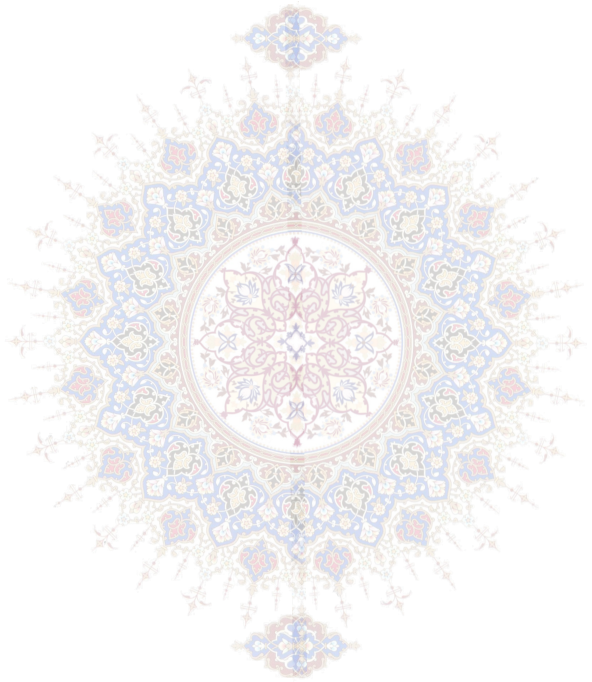
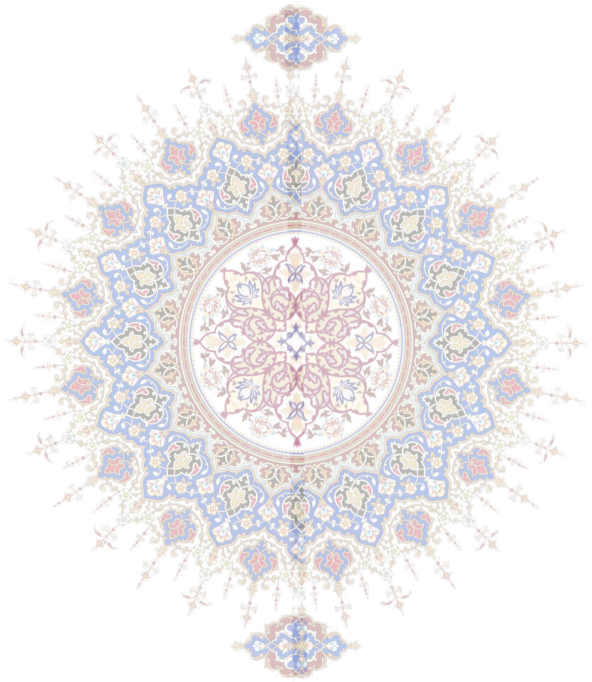

Hand-knotted and hand-woven rugs are both made by hand, however, they each employ a unique weaving technique that
affects their quality, texture, design complexity and price. (There are other rugs that claim to be “hand-made,” such as
“hand-tufted,” but this is a marketing tactic and not an authentic hand-made technique.)
Hand-knotted rugs are almost always more expensive than hand-woven, as their production process is longer and more
complex. They have finer details, are made of better wool (it's length must allow for pile and excess to clip off) and require
more skilled artisans.
Weaving a hand-knotted rug requires a great deal of skill and often a lot of time to produce. The quality, and very often
cost of a hand-knotted carpet is determined by the number of knots per square inch. In this case a higher density means
better quality.
A complex pattern can require very dense knotting and thus it can take a long time to produce. An average
weaver can tie about 10,000 knots per day. So you can imagine time it can take to complete one rug,
especially if it happens to be a large one. The time involved in making it also accounts for hand-knotted
rugs costing more on average.
Persian Hand-Knotted
Antique Senneh rugs are one of the most distinctive of all Persian Rugs. Even though the designs are often copied by
Bidjar Rugs and Tabriz Rugs but just touching the rugs. Antique Senneh rugs use very tightly spun fine mountain wool.
The pile is wondrously silky but the back is scratchy so much so that people compare the backs to sandpaper. Once you
eel it it it is unmistakable thereafter. Antique Senneh rugs are fine and durable and are one of the most appreciated rugs
by people who know Persian rugs.
Senneh rugs are made in Sanandaj, formerly known as Senneh, the capital city of the province of Kurdistan in northwest
of Iran. Ironically, the asymmetrical knot also known as Persian or Senneh knot was named after this city even though
the symmetrical (Turkish) knot is the type of knot frequently used in Senneh rugs. Senneh weavers tend to weave mostly
smaller rugs as well as runners, high quality kelims, and saddlebags. It is unfortunate that only a limited number of these
fine rugs are now made and reach the market. These rugs are made in villages as well as workshops. The foundation is
almost always cotton and the pile wool, with the exception of some antique rugs which have silk foundations.
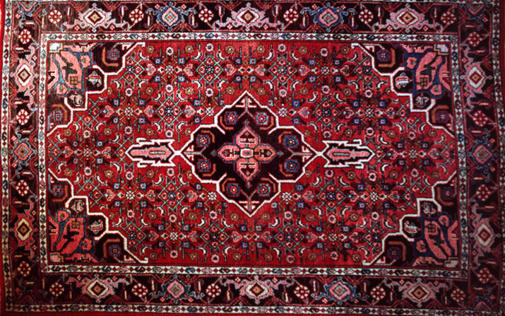

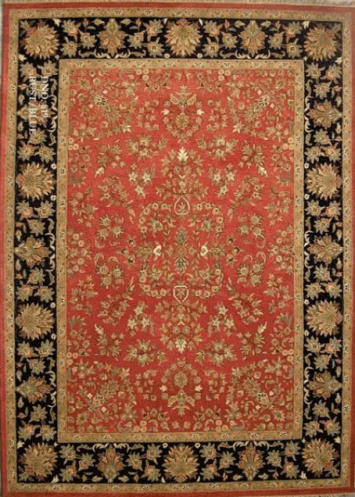
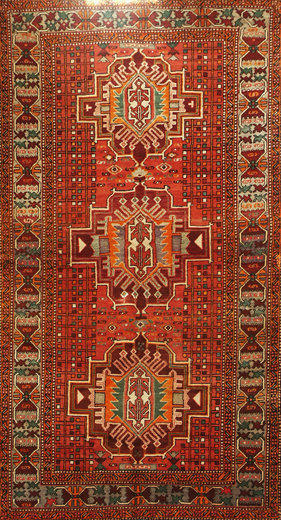

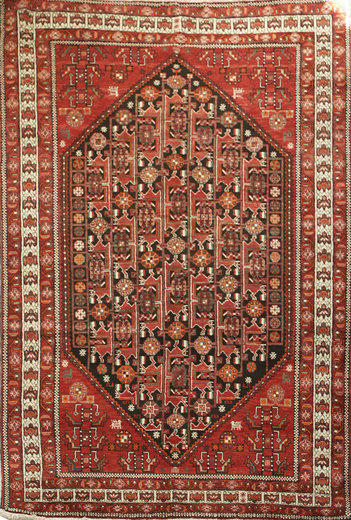


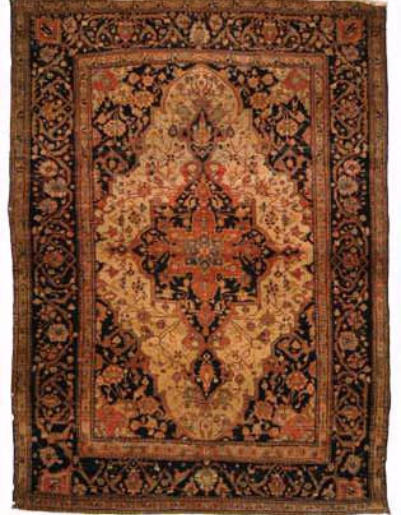





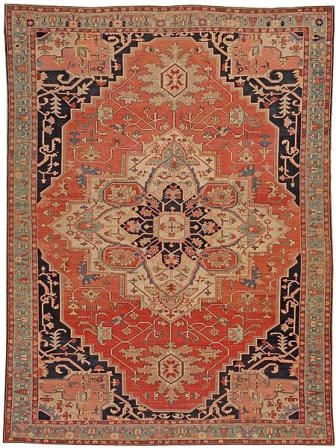
Senneh Hand-Knotted

Persian Heriz Wool Hand-Knotted

Indian Hand-Knotted

Afghan Hand-Knotted
Persian Hand-Knotted

Persian Antique
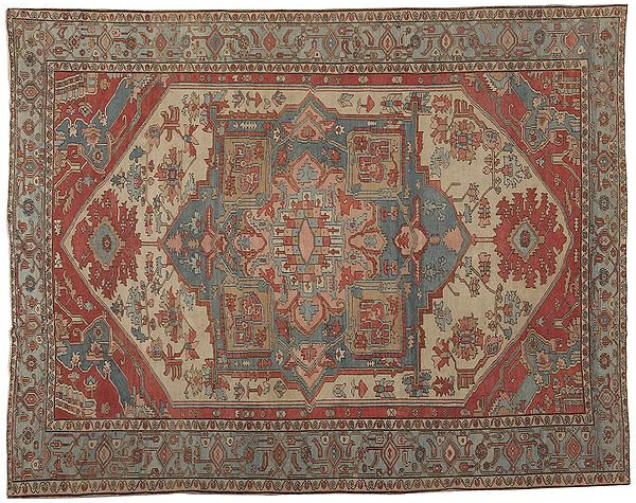
Persian Hand-Knotted

Persian Antique

Persian Antique Tabriz
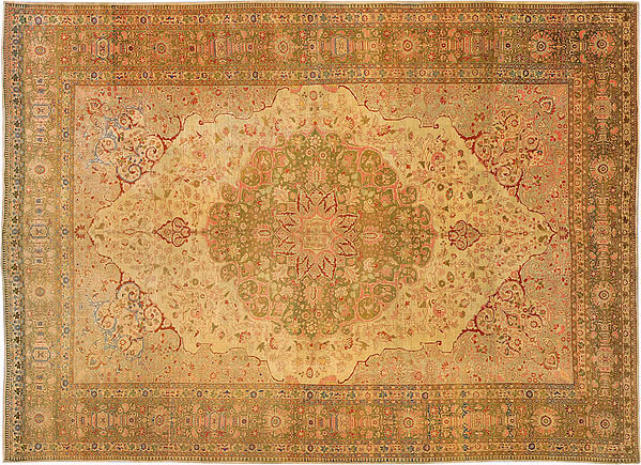
Persian Naeen Wool and
Silk Hand-Knotted
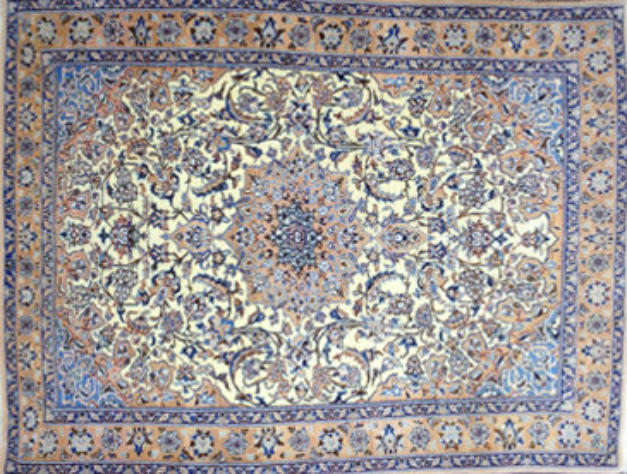

Categories

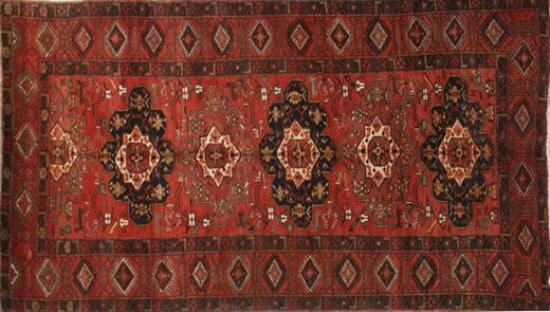

817-377-8598
Call Now:
4915 Camp Bowie Blvd,
Fort Worth, Texas 76107
(Next to Kincaid’s Hamburger)
Since 1986

Copyright © 2016. Atlas Rug Gallery

4915 Camp Bowie Blvd,
Fort Worth, Texas 76107
(Next to Kincaid’s Hamburger)
Since 1986
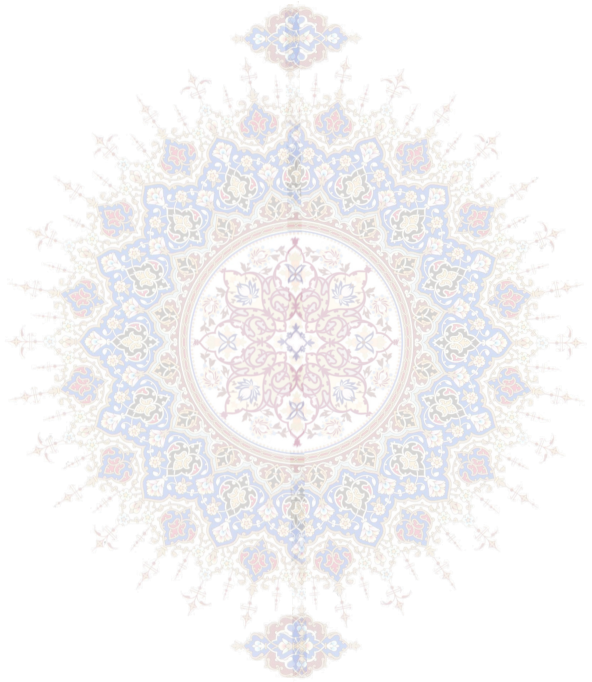
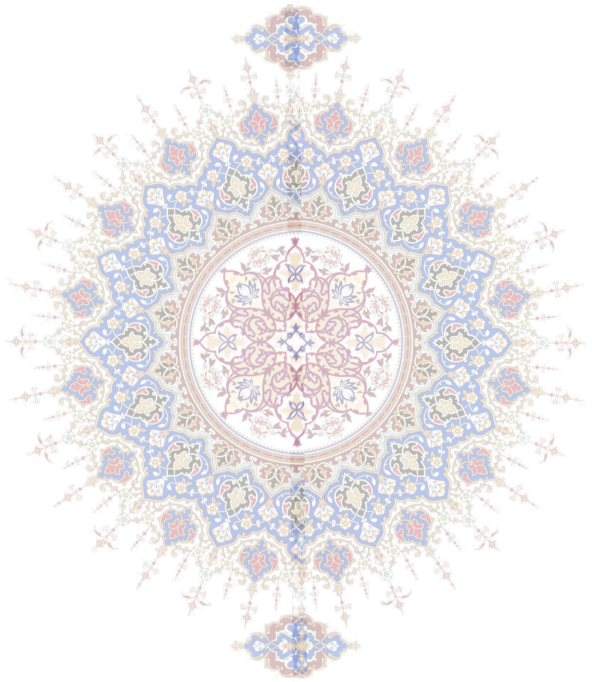

Hand-knotted and hand-woven rugs are both made by hand, however, they each employ a unique weaving technique that affects their
quality, texture, design complexity and price. (There are other rugs that claim to be “hand-made,” such as “hand-tufted,” but this is a
marketing tactic and not an authentic hand-made technique.)
Hand-knotted rugs are almost always more expensive than hand-woven, as their production process is longer and more complex. They
have finer details, are made of better wool (it's length must allow for pile and excess to clip off) and require more skilled artisans.
Weaving a hand-knotted rug requires a great deal of skill and often a lot of time to produce. The quality, and very often cost
of a hand-knotted carpet is determined by the number of knots per square inch. In this case a higher density means better
quality.
A complex pattern can require very dense knotting and thus it can take a long time to produce. An average weaver can tie
about 10,000 knots per day. So you can imagine time it can take to complete one rug, especially if it happens to be a large
one. The time involved in making it also accounts for hand-knotted rugs costing more on average.
Persian Hand-Knotted
Antique Senneh rugs are one of the most distinctive of all Persian Rugs. Even though the designs are often copied by Bidjar Rugs and
Tabriz Rugs but just touching the rugs. Antique Senneh rugs use very tightly spun fine mountain wool. The pile is wondrously silky but
the back is scratchy so much so that people compare the backs to sandpaper. Once you eel it it it is unmistakable thereafter. Antique
Senneh rugs are fine and durable and are one of the most appreciated rugs by people who know Persian rugs.
Senneh rugs are made in Sanandaj, formerly known as Senneh, the capital city of the province of Kurdistan in northwest of Iran.
Ironically, the asymmetrical knot also known as Persian or Senneh knot was named after this city even though the symmetrical
(Turkish) knot is the type of knot frequently used in Senneh rugs. Senneh weavers tend to weave mostly smaller rugs as well as
runners, high quality kelims, and saddlebags. It is unfortunate that only a limited number of these fine rugs are now made and reach
the market. These rugs are made in villages as well as workshops. The foundation is almost always cotton and the pile wool, with the
exception of some antique rugs which have silk foundations.





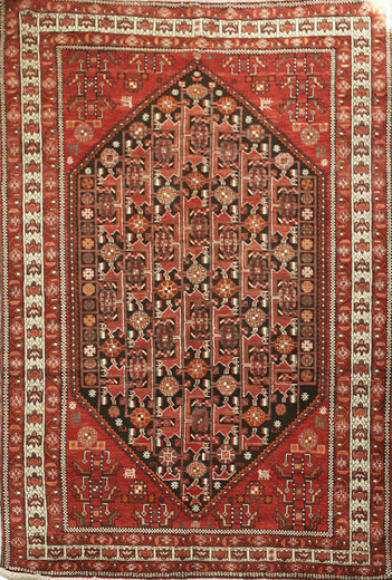
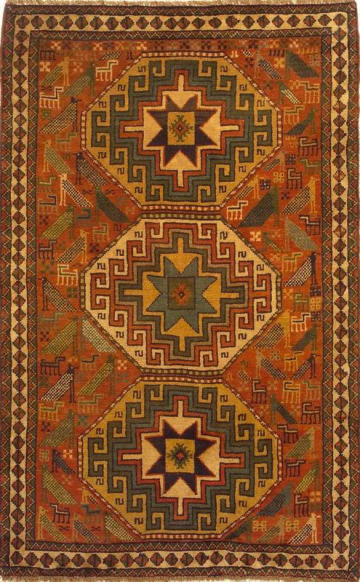
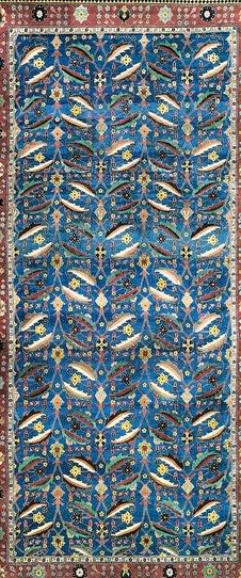







Senneh Hand-Knotted

Persian Heriz Wool Hand-Knotted
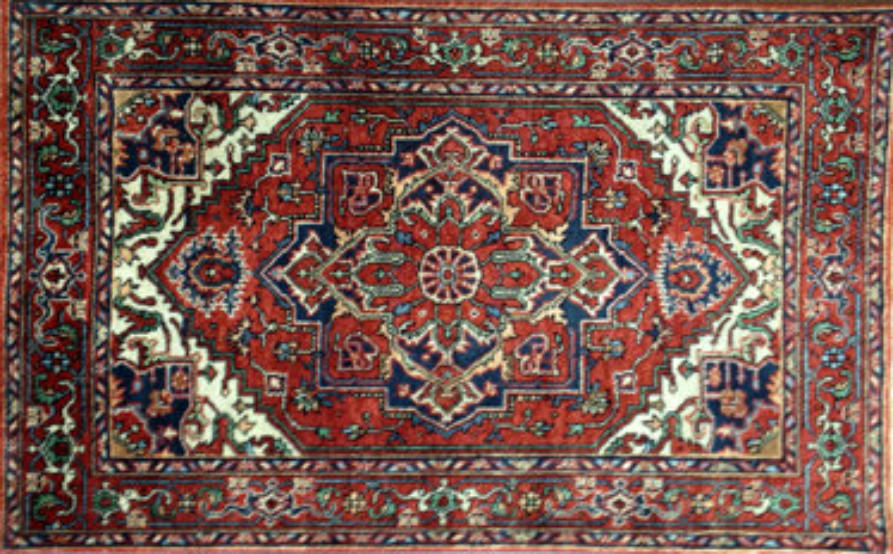
Indian Hand-Knotted

Afghan Hand-Knotted
Persian Hand-Knotted

Persian Antique

Persian Hand-Knotted

Persian Antique

Persian Antique Tabriz

Persian Naeen Wool and Silk
Hand-Knotted


Categories
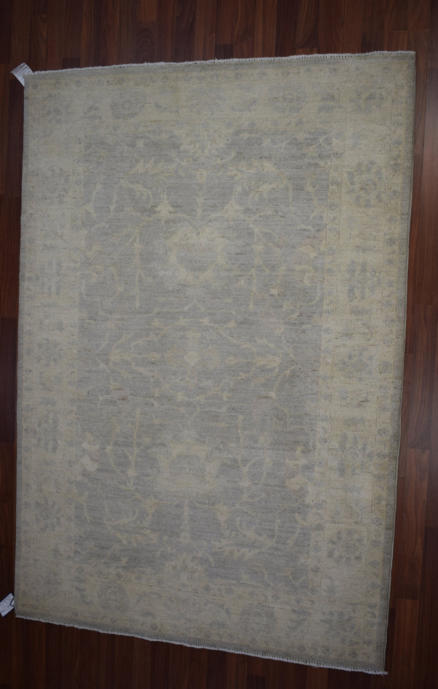


817-377-8598
Call Now:
4915 Camp Bowie Blvd,
Fort Worth, Texas 76107
(Next to Kincaid’s Hamburger)
Since 1986

Copyright © 2016. Atlas Rug Gallery
4915 Camp Bowie Blvd,
Fort Worth, Texas 76107
(Next to Kincaid’s Hamburger)
Since 1986
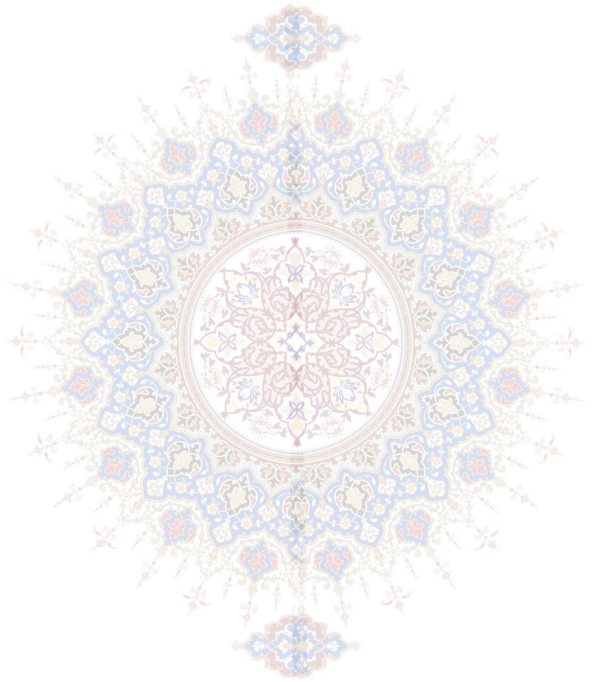
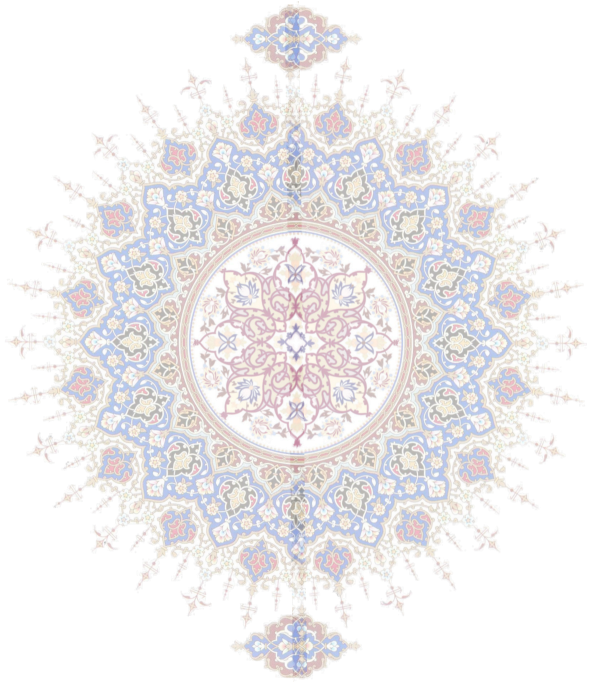

Hand-knotted and hand-woven rugs are
both made by hand, however, they each
employ a unique weaving technique that
affects their quality, texture, design
complexity and price. (There are other
rugs that claim to be “hand-made,” such
as “hand-tufted,” but this is a marketing
tactic and not an authentic hand-made
technique.)
Hand-knotted rugs are almost always
more expensive than hand-woven, as
their production process is longer and
more complex. They have finer details,
are made of better wool (it's length must
allow for pile and excess to clip off) and
require more skilled
artisans.
Weaving a hand-knotted rug requires a
great deal of skill and often a lot of time
to produce. The quality, and very often
cost of a hand-knotted carpet is
determined by the number of knots per
square inch. In this case a higher
density means better quality.
A complex pattern can require very
dense knotting and thus it can take a
long time to produce. An average
weaver can tie about 10,000 knots per
day. So you can imagine time it can take
to complete one rug, especially if it
happens to be a large one. The time
involved in making it also accounts for
hand-knotted rugs costing more on
average.
Persian Hand-
Knotted
Antique Senneh rugs are one of the
most distinctive of all Persian Rugs.
Even though the designs are often
copied by Bidjar Rugs and Tabriz Rugs
but just touching the rugs. Antique
Senneh rugs use very tightly spun fine
mountain wool. The pile is wondrously
silky but the back is scratchy so much
so that people compare the backs to
sandpaper. Once you eel it it it is
unmistakable thereafter. Antique
Senneh rugs are fine and durable and
are one of the most appreciated rugs
by people who know Persian rugs.
Senneh rugs are made in Sanandaj,
formerly known as Senneh, the capital
city of the province of Kurdistan in
northwest of Iran. Ironically, the
asymmetrical knot also known as
Persian or Senneh knot was named
after this city even though the
symmetrical (Turkish) knot is the type
of knot frequently used in Senneh
rugs. Senneh weavers tend to weave
mostly smaller rugs as well as
runners, high quality kelims, and
saddlebags. It is unfortunate that only
a limited number of these fine rugs are
now made and reach the market.
These rugs are made in villages as
well as workshops. The foundation is
almost always cotton and the pile
wool, with the exception of some
antique rugs which have silk
foundations.
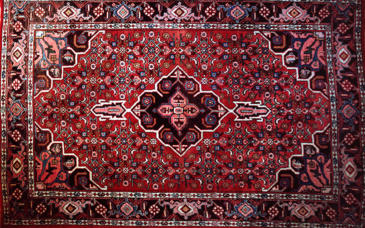

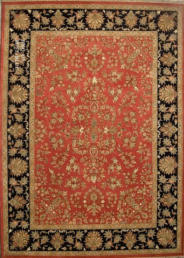












Senneh Hand-Knotted

Persian Heriz Wool
Hand-Knotted
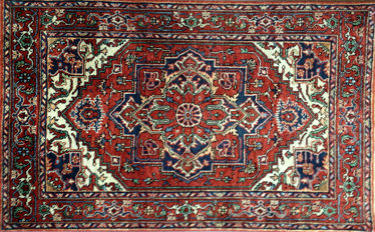
Indian Hand-Knotted

Afghan Hand-
Knotted
Persian Hand-Knotted

Persian Antique

Persian Hand-Knotted

Persian Antique

Persian AntiqueTabriz

Persian Naeen Wool
and Silk Hand-Knotted


Categories



















